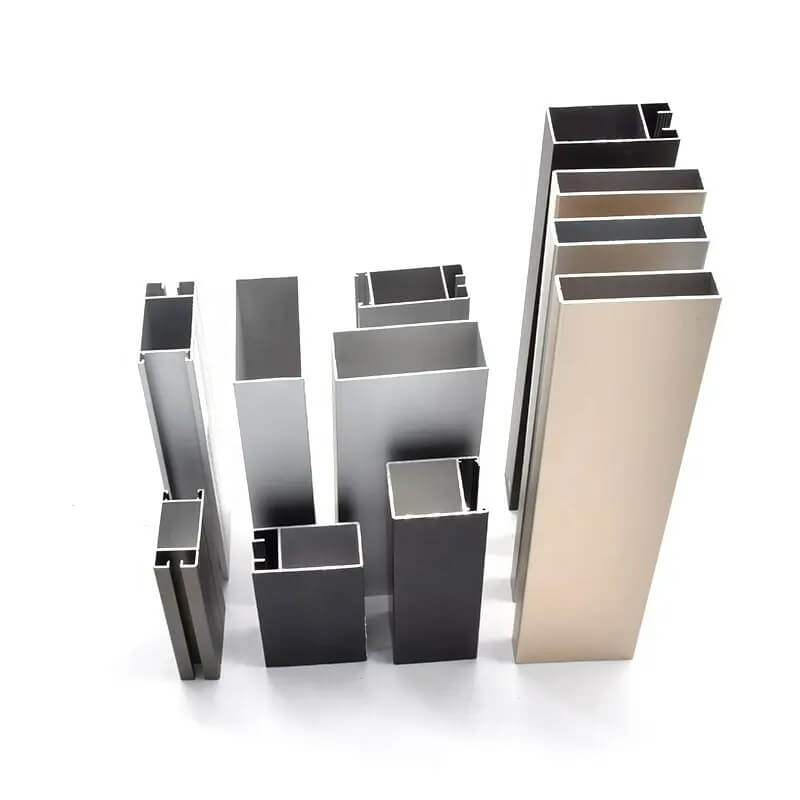
Types of Aluminum Profiles
Aluminum profiles can be divided into 9 series from 1xxx to 9xxx based on the different content of aluminum components and the different ratios of the added alloy components.

Aluminum profiles can be divided into 9 series from 1xxx to 9xxx based on the different content of aluminum components and the different ratios of the added alloy components.
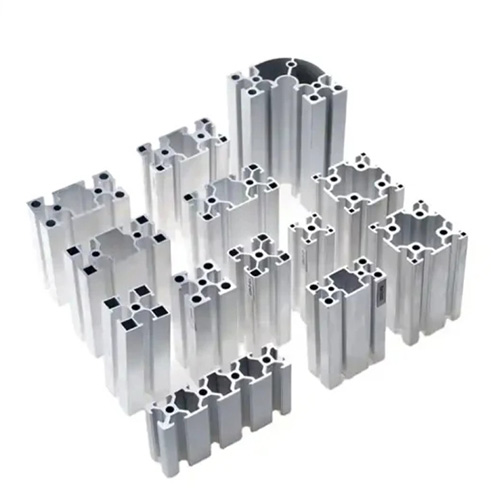
Industrial aluminum profiles are an alloy material with aluminum as the main content. Aluminum materials with different cross-sectional shapes are obtained by hot-melting and extruding aluminum rods. However, the proportions of the added alloys are different.
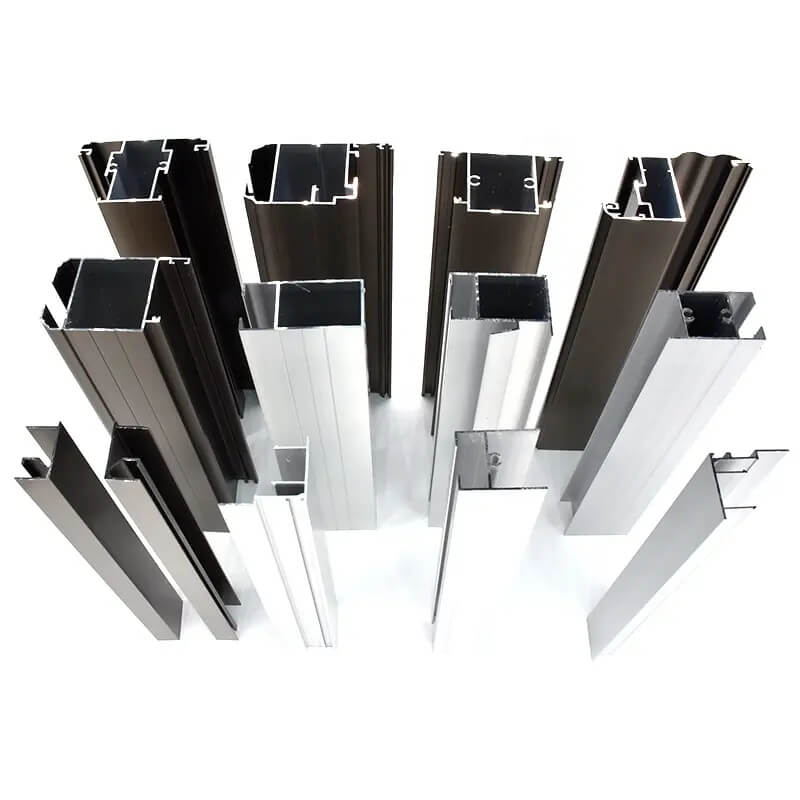
The reason why aluminum profiles appear pitted or pitted may be an oxidation reaction. Products made of pure aluminum products generally do not have this phenomenon. It may be that the aluminum material is impure. Such aluminum materials are prone to oxides during production. Speckled white spots form. It is recommended to process it into alloy aluminum during processing. The combined components can change the performance, hardness and corrosion resistance of the material. It can also be surface treated such as anodizing, electroplating, baking paint, sandblasting, etc. Mostly, the surface of aluminum alloy profiles is dull and not smooth, and after oxidation, the surface becomes dark black (does not reflect light).
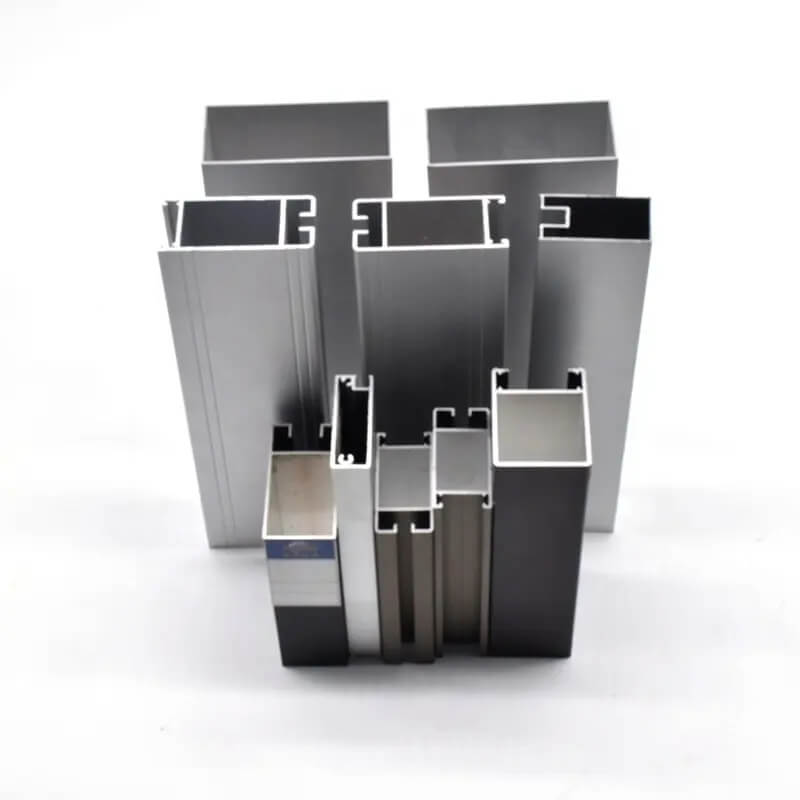
The surface of the oxide film on the surface of the aluminum profile is composed of a porous layer, which has a large specific surface area and high chemical activity. Taking advantage of this feature, various coloring treatments can be performed on the surface of the anodized film. In addition to improving the decorativeness and corrosion resistance of the product, it also provides various functionalities to the surface of aluminum products.
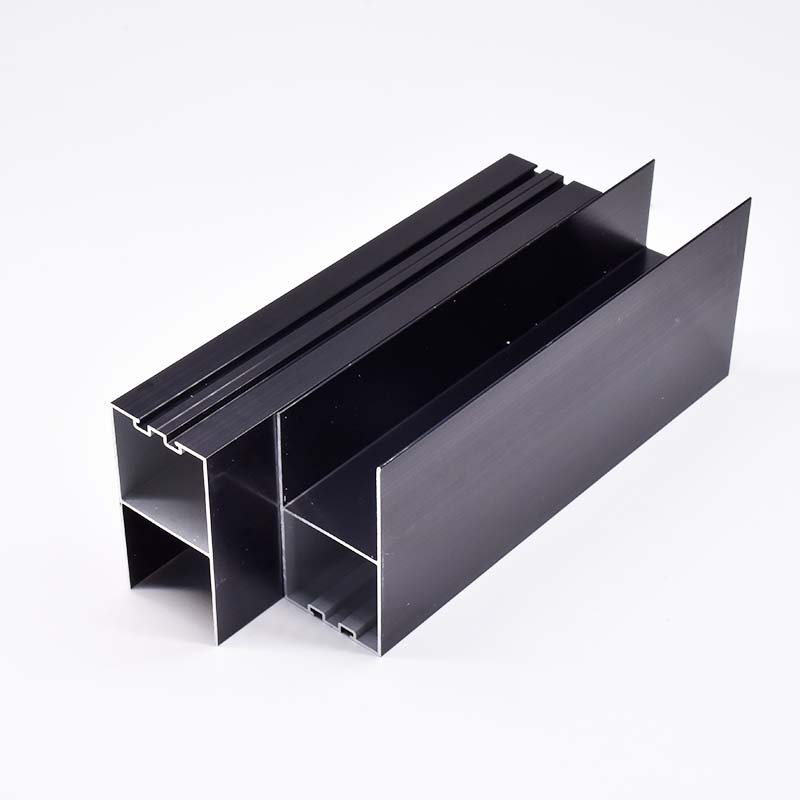
6063 aluminum alloy profiles are ideal structural and decorative materials for doors, windows, and curtain walls. With the development of the door, window, and curtain wall industries, higher requirements have been placed on the mechanical properties of 6063 aluminum alloy profiles. High-strength profiles can reduce the design wall thickness and structural weight, making them more popular in the market.

Aluminum profiles will deform during processing. What aspects cause it? In general, in addition to raw materials, equipment, and tool, the operating methods are also significant. Therefore, we should pay attention to the following aspects during the operation